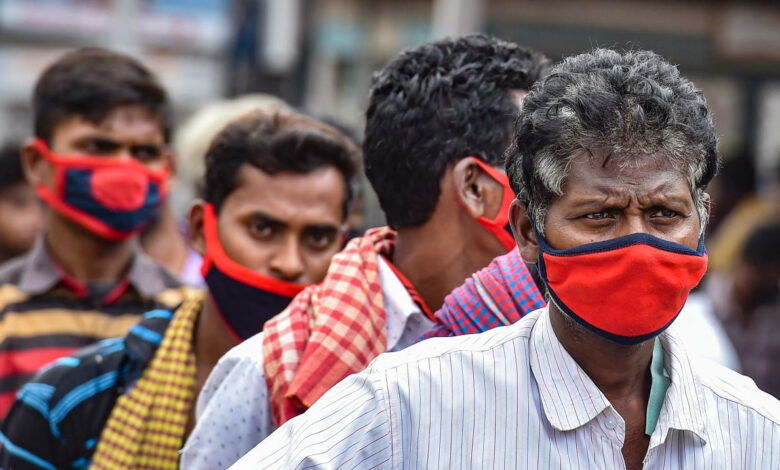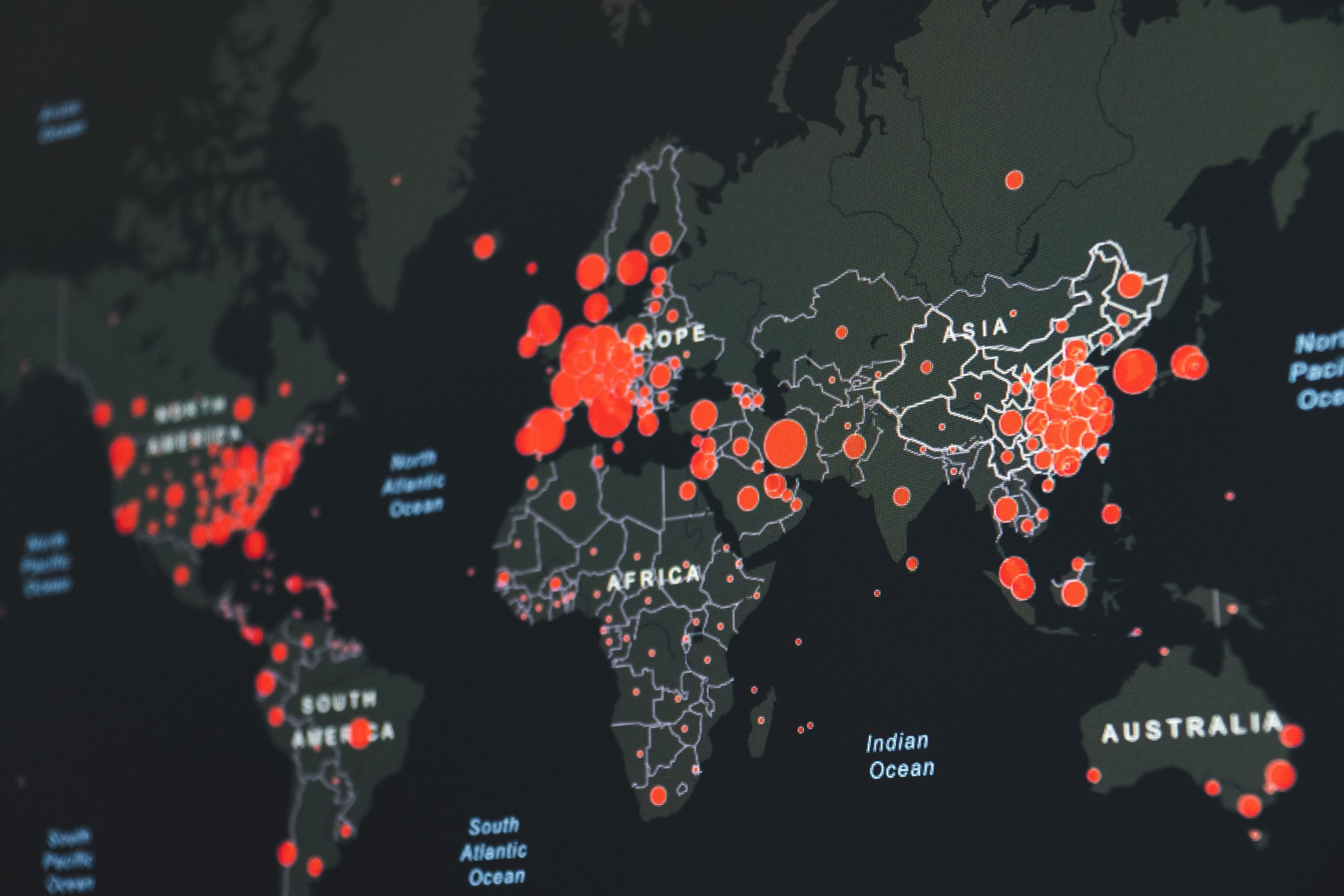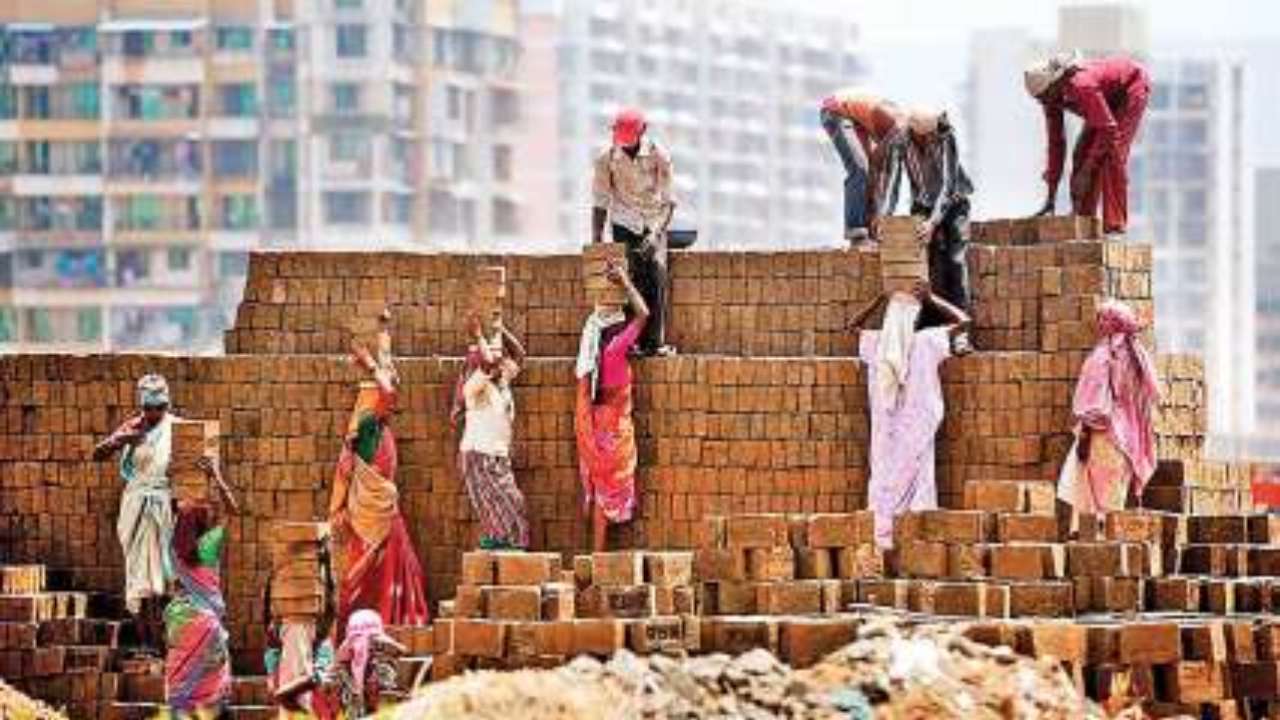India Lockdown: Most Affected Is Unorganized Sector; It Is 93% Of The Total Workforce, 41 Crore People Lack Economic Security

The whole country has come to a standstill because of Coronavirus epidemic also known as covid-19. This health threat has also become an economic threat to the bottom line of society. Because of this situation, the Central Government has released the Prime Minister’s Poor Welfare Package of Rs 1.70 lakh crore. On the other hand, painful photographs of migrating workers are coming from all over the country. These people are returning to their homes by walking more than five hundred km. Along with these pictures, videos of police beating them are also going viral.

First Corona, then hunger and now the fear of the police. After health, Corona has had an impact on the unorganized sector of the country. These are people who work either on contract or they are laborers, who feed their families with daily wages. The government is not even aware of how big this unorganized sector is.
According to the report of the Economic Survey released in 2019, 93% of the total workforce of the country is from the unorganized sector. In 2018, a report of NITI Aayog, this figure is 85 percent. This unorganized sector has a big hand in running the country’s economy. Despite this, there are no concrete provisions to protect it.
The Periodic Labor Force Survey 2017-18 report, released last year, states that 71% of the regular/salaried employees in the informal sector (non-agriculture) are those who do not have a written job contract. There is 54.2 percent who do not get paid leave. Not only this, but 49.6 percent of them do not even qualify for any social security scheme. It is clear that the scope of the unorganized sector is not only wide but also completely unsafe. The agriculture sector, where the country’s largest unorganized section works, is also likely to be affected by this lock-down.
Know everything related to this migration based on 8 points:

Question-1: What is the latest crisis after Corona?
The answer is hunger and migration: the latest crisis is the survival of workers. They are facing not only the corona but also the hunger. According to Dr. Amitabh Kundu, Professor, Department of Economics, Jawaharlal Nehru University – The number of people migrating from one state to another for employment is about 1.4 crores. At the same time, if we talk about people going from one city to another city for employment, then this number reaches several crores. There are 14 million people who go to other states only for wages or for works like construction.
Question- 2: How big is the unorganized workforce in the country?
Answer- there are Three different figures:
1. According to the Economic Survey (2018-19), 93% of the total workforce in India is from the unorganized sector.
According to an estimate, the total workforce in the country is 45 crore. Out of this, 93 percent i.e. the number of people working in the unorganized sector of the country is about 41.85 crore.
2. According to the data released by NITI Aayog in November 2018, 85 percent of the total workforce is employed in the unorganized sector.
3. In the National Statistical Commission 2012 report, 90% of the total workforce has been given to the Imperial Work Force.
At the same time, economist Ritika Kheda, associated with IIM Ahmedabad, says – According to 2015-16 figures, one-third of the workers in the country are daily wage laborers.
Question-3 Which people are there in this unorganized sector? What is the ratio sector-wise?
Answer- According to the report released by CII in the year 2011-12, about 16.35 crore people are employed in the unorganized sector in 7 major sectors of the non-agricultural sector of the country. Among these, the manufacturing sector in the first place and trade, hotel and restaurant industry in the second place and construction sector in the third place. The migration of laborers of these sectors is happening the most.

Question- 4: How many people are below the poverty line in the country?
Answer- During the 2011 census, 21.9% of the total population in the country was considered below the poverty line. The package announced by the government will benefit the 80 crores poor of the country. The census estimated the number of poor in the country at around 26.8 crores. Whose daily income was $ 1.90 (about Rs. 142.80) or less. The biggest danger has arisen in front of these people.
Question- 5: How many of these people have Jan Dhan accounts, how many will get benefits?
Answer- Union Minister of State for Finance Anurag Thakur while answering a question in the Lok Sabha in July 2019 stated that till June 26, 2019, 35.99 crore accounts were opened under the Pradhan Mantri Jan Dhan Yojana across the country. Of these, currently, 29.54 crores are active. At the same time, according to the government’s Pradhan Mantri Jan Dhan Yojana website, the total number of beneficiaries of this scheme till March 18, 2020, is 38.28 crores. The funds will be transferred to these accounts under the poor welfare package of 1.70 lakh crore issued by the central government.
Question- 6: What is the state of hunger now, how many people are unable to get food?
Answer – India was ranked 102 in the ranking of 117 countries in the Global Hunger Index released in 2019. According to the report released in 2019 by the Food and Agriculture Organization working under the United Nations, the number of such people in India between 2016-18 was 14% of the total population, who do not get a nutritious diet. In terms of a population of 135 crores, this number is 18.90 crores.
Question 7: How much the migrants would be earning?
Answer- The average family income of about 1.4 crore migrating people is between 3500 to 4000 rupees monthly. If a family of 5 is considered a unit, then the monthly income per person is 700 to 800 rupees. This income is equal to the poverty line of the urban area in the country.
Question 8: Look at the state-wise, status of workers migrating for work
answer-Uttar Pradesh 40.20 Lakh, Bihar 36.16 Lakh, Rajasthan 18.44Lakh, Madhya Pradesh 18.26 Lakh, Orissa 05.03 Lakh
Note: Based on migrants visiting 7 major states Maharashtra, UP, Bengal, Gujarat, Kerala, Punjab, and Assam. (Source, SENSEX-2011)
The unorganized sector will be most affected by the lockdown.

About 80 percent of the workforce in the country is in the informal economy. According to government figures, four percent of these are contract workers. Only one in five has a monthly salary job. Half of the workforce is self-employed. There are shopkeepers, hawkers, salons runners, bicycle repair cobblers, etc. No one will survive the economic crisis that will arise from the lockdown. Actually, every sector in the economic system is connected to another. The villages supply food to the cities, then cities provide goods to the villages. When there is no production, the prices will increase. In this case, hunger will be proven dangerous like a virus.
Even worse than war, if the lockdown is prolonged then the situation will be worse
The unorganized sector does not have social security. As soon as the work of the employer is closed, the employment of the person working there gets affected the most. Most of the people in the country work in the agricultural sector. About 45 percent of the country’s workforce is working on it.
The worst effect of this lockdown will be on the supply chain breakdown. The employer will suffer damage, he will take out the worker. The worker’s income will stop as soon as employment is lost. As soon as their savings end, people will crave for food and water. This will be the most dangerous situation. To avoid this, people working in other states are returning to their homes. In a way, it is a terrible situation than war.




